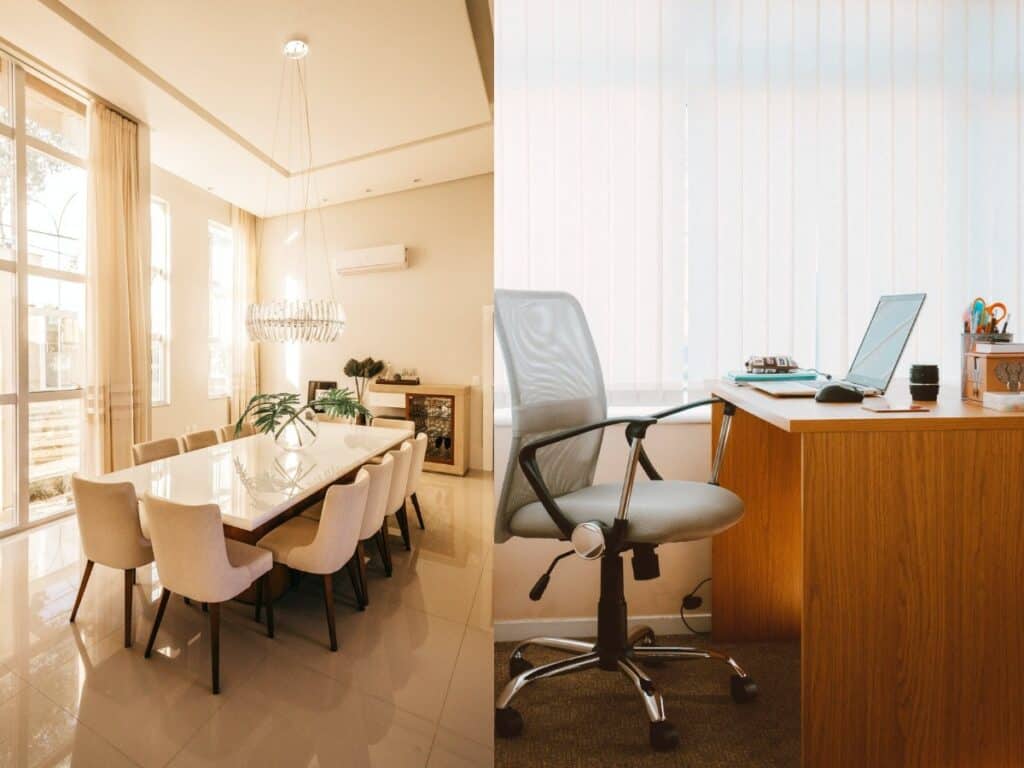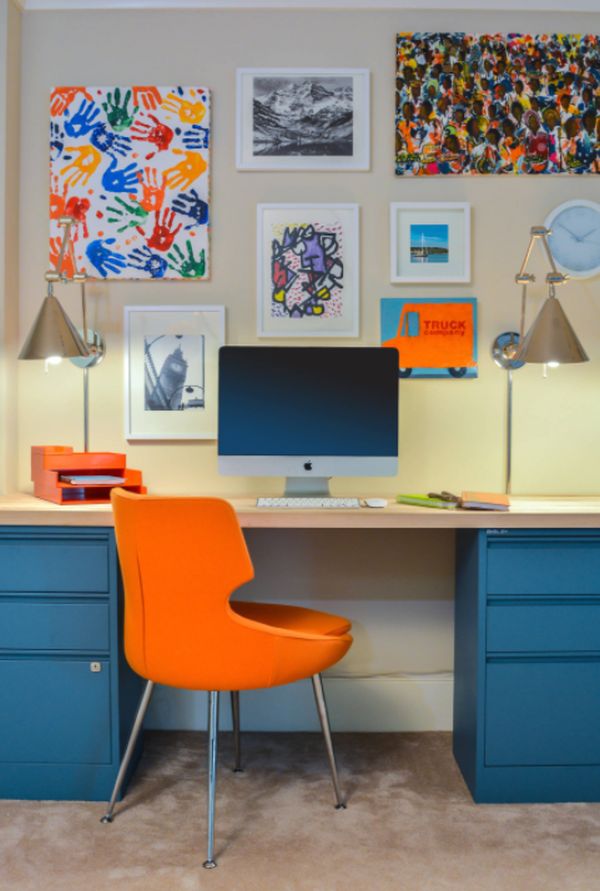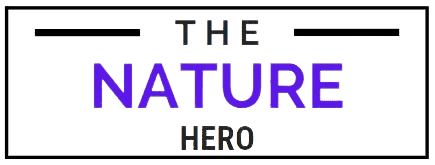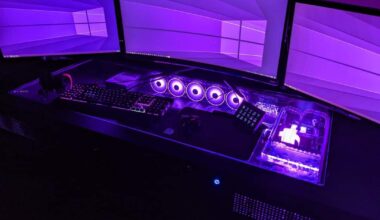While working from home, I often consider sitting at a Desk. However, I have seen some friends use a Table, which works well.
Most people working from home are often confused about using a Desk or Table. So, what could be the best between these two?
This article will provide critical information about the differences between working on a Desk and a Table.
Furthermore, we will also discuss the best choice while working from home.
Table of Contents Show
Desk Vs. Table: What Should You Buy?
Many people are confused when choosing between a Desk and a Table because they are similar.
Both Desk and Table have flat surfaces that allow you to work efficiently.
Regarding storage, you can store things on the top of the Desk and the Table. Although they sound similar, they are not the same furniture.
Therefore, it is essential to consider everything, including the size, designs, ergonomic features, and storage, while choosing them.
Before deciding what is best, you should know some of the significant differences between a Table and a Desk.

Here is an overview table highlighting the differences between a Desk and a Table.
| Parameters | Desk | Table |
|---|---|---|
| Size | Height: 28 to 30 inches Width and length can be smaller than tables | Height: 28 to 30 inches Width and length is usually larger than desk |
| Storage Space | Comes with storage space like drawers, cabinets etc. Consumes lesser space | Doesn't have storage option Consumes more space |
| Budget | Desk can be pricey | Tables are usually cheaper than desks |
| Sturdy Built | Desks are usually sturdy built with quality wooden material to withstand heavy weights | Tables are lightly built with light wood, glass. May not withstand heavy weights |
| Purpose | Mainly for work purpose | Can be used for multiple purposes like work, entertainment, eating dinner and so on |
| Efficiency | Especially for single person use | Can be used by multiple people |
| Personalization | Offers personalization option since it is used by single person | Doesn't offer much personalization options |
| Ergonomic Features | Offers ergonomic features such as height adjustable, allows sitting or standing option | Doesn't offer ergonomic features |
| Designs | Offers various designs | Offers limited designs |
Let us learn more about the differences between a Desk and a Table without further ado.
1. Difference In Storage Space
Tables and Desks differ in terms of storage space. Generally, Tables lack storage areas, so managing things properly could be challenging.
If you easily get distracted by the things you store on your Desks, including knick-knacks or anything else, you may opt for a Table.
A Work Desk generally consists of drawers, cupboards, and cubby spaces to store all the documents, textbooks, and other supplies.
Meanwhile, you can go for a Table to limit the necessities in your workspace and keep the necessary items for a particular task.
On the other hand, Tables are more extensive than Desks and provide enough surface area. As a result, Tables are great for multiple people’s usage.
2. Organization And Maintenance
Desks are much easier to organize and maintain as they offer designated storage areas like cubbies and drawers for all the work materials.
This way, all the clutter can be out of sight, and you won’t have to deal with the entire mess on your Desk.
At the same time, due to a lack of storage space, a Table can look messy and unorganized.

You need to keep everything on top of the Table. Therefore, it can also create distractions and loss of focus.
3. Difference In The Level Of Efficiency
If you live in a large family with multiple members, having a personalized space dedicated solely to your work purpose becomes easier.
This allows you to focus better on your task while being less distracted.
A Desk provides you with the maximum amount of comfort and space.
Since a Desk generally belongs to only one person, your family members won’t usually stop by the area resulting in increased work efficiency.
On the contrary, a Table is easily accessible and can be used by many people for multiple purposes.
Therefore, performing the job efficiently on a Table is a little challenging.
4. Options For Personalization
A personalized workspace would make anyone more than happy as it belongs to just one person. So basically, you own your space.
A Desk allows you to have options for personalization; you can have the freedom of decorating it according to your choice.

However, a Table is used by everyone living with you which may require you to switch its positions frequently.
Since a designated space will be absent, it is challenging to personalize a Table.
5. The Technological Differences
Nowadays, many pieces of furniture are developing technological options that may come in handy.
Some work Desks have particular ports and plugs to quickly charge your phone, laptop, or any other digital appliance.
The Desks having such features are a little expensive but worth it.
At the same time, Desks are height adjustable so that the users can make the setup as per their comfort.
However, a Table doesn’t have the height adjusting feature.
Moreover, Desk risers are available to raise the height of an existing Desk. On the other hand, there is no such equipment for Tables.
6. Differences In Designs
Desks usually have a wider variety of design options compared to the Table.
Tables generally look the same, while work Desks have sorts of designs.
The different types of Desks and Tables are mentioned in the Table:
| Desks Types | Tables Types |
|---|---|
| Executive Desk | Patio Table |
| Built-in Desk | Dining Table |
| Standing Desk | Meeting Table |
| L-Shaped Desk | Discussion Table |
| Floating Desk | Conference Table |
| Shell Desk | Computer Table |
It is simpler to purchase Tables as they are simple and more adaptable options, and you will surely find one that fits your Home Office.
7. An Option To Stand Or Sit
Using a Table in your Home Office forces you to sit in the same position for a more extended period as they are not height adjustable.
On the other hand, a Desk offers you the average sitting design.
Once you start working in a comfortable position, your productivity will increase at a breakneck pace.
Furthermore, the Desk also offers the option to buy a standing Desk that ensures several benefits related to health.
You can purchase a standing Desk converter if you are working from home.
It is a portable workstation unit that is highly portable, and you can place it at the top of your existing work Desk.
8. Sturdy Build
Desks are designed for use by working people, so they are built strongly and valuable for an extended period.
The primary purpose of the Desk is to withstand all Office equipment, including laptops, desktops, mobile phones, and tons of paperwork, documents, projects, and books.

Meanwhile, a Table may not have a robust build compared to Desks. Therefore it may not ensure the accommodation of all Office essentials.
Tables are usually made of glass, light wood, metal, and marble, while Desks are generally made of materials such as natural wood, tempered glass, quality hardwood, and solid plastic.
9. Different Budget Options
Both Tables and Desks have differences in their budget options. Not every Desk has to be expensive, and not every Table has to be cheap.
You can find different options for different budgets in various places.
Desks are more expensive than Tables. However, not all Desks are costly; some can be purchased for less than $200.
You can expect to pay about $100 for the Cubicubi computer Desk. However, a Desk with storage and other technological features will cost you even more.
On the other hand, not all Tables are inexpensive or costly. For example, a writing computer Table can cost around $150.
10. Ergonomic Positioning
Desks are usually dedicated to work and study purposes; they have better ergonomic features than a standard Table.
A Desk provides enough space to comfortably adjust your feet, knees, and thigh at work.
Moreover, an ergonomic chair easily fits into a Desk. This way, you will have proper positioning while working from home.
It ensures a comfortable working environment while caring for your posture and health.
However, when you purchase a Table for your Home Office, an ergonomic chair may not go well.
Tables are usually heavier and larger than Desks, and as a result, it is not flexible.
Final Verdict
Using a Desk in your Home Office sounds like a better idea regarding comfort and ease.
It is always good to create your own dedicated space for work purposes.
A Desk offers you a designated and personalized space that belongs only to you.
With access to a lot of storage for supplies and a sturdy build to support the office equipment, a Desk can be the better choice while working.
However, a working Table is not a problem.
Many people work from home, utilizing the multipurpose Table with work. You can always make a space on your own through some creative efforts.


